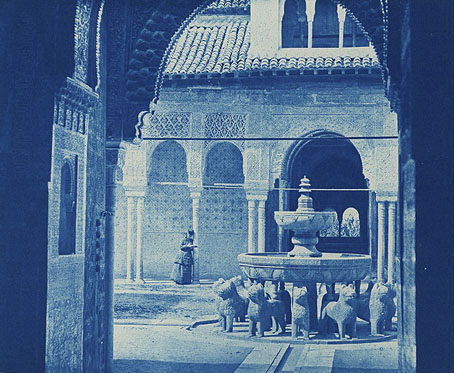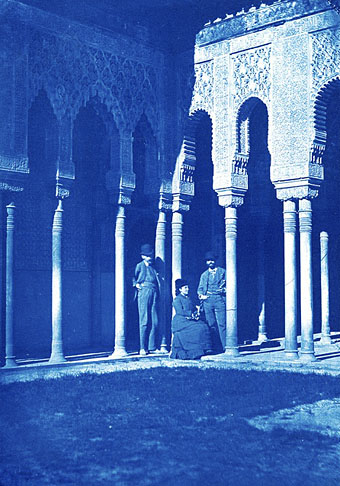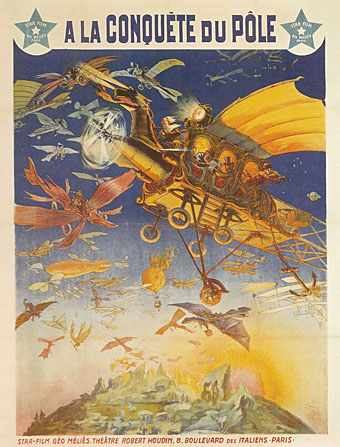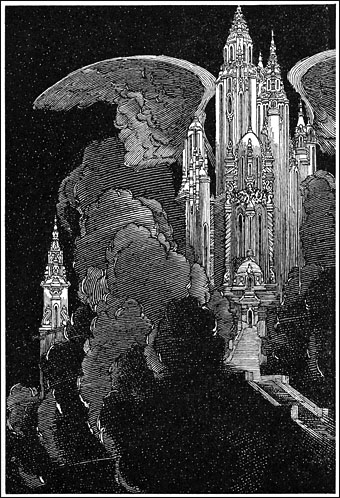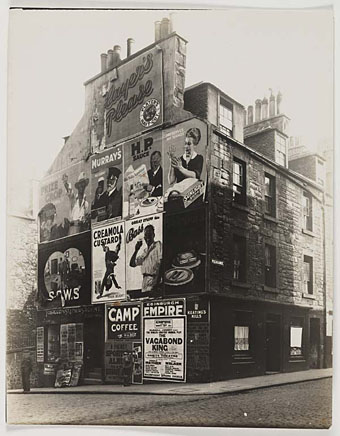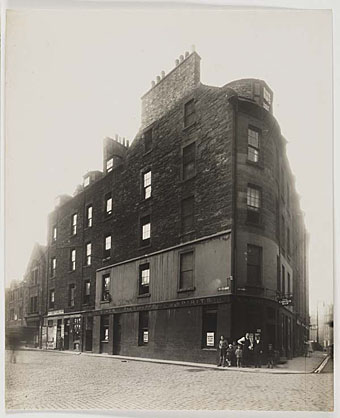The cyanotype process is a very old photographic printing technique and also the source of the word “blueprint”, after the process became common among builders and engineers for the printing of plans. The technique also has its enthusiasts today, some examples of which can be seen here. These views of the Alhambra Palace in Granada, Spain, were taken by Carl Curman, a Swedish scientist and photographer, in 1878. The Swedish National Heritage Board at Flickr has two sets of Curman’s travel photography which include additional views of the Alhambra as well as other cyanotypes.
Previously on { feuilleton }
• Constantinople, 1900
• Edinburgh, 1929
• Old Bunker Hill
• Inondations 1910
• Berenice Abbott
• Eugene de Salignac
• Luther Gerlach’s Los Angeles
• The temples of Angkor
• The Bradbury Building: Looking Backward from the Future
• Edward Steichen
• Karel Plicka’s views of Prague
• Atget’s Paris
• Downtown LA by Ansel Adams

